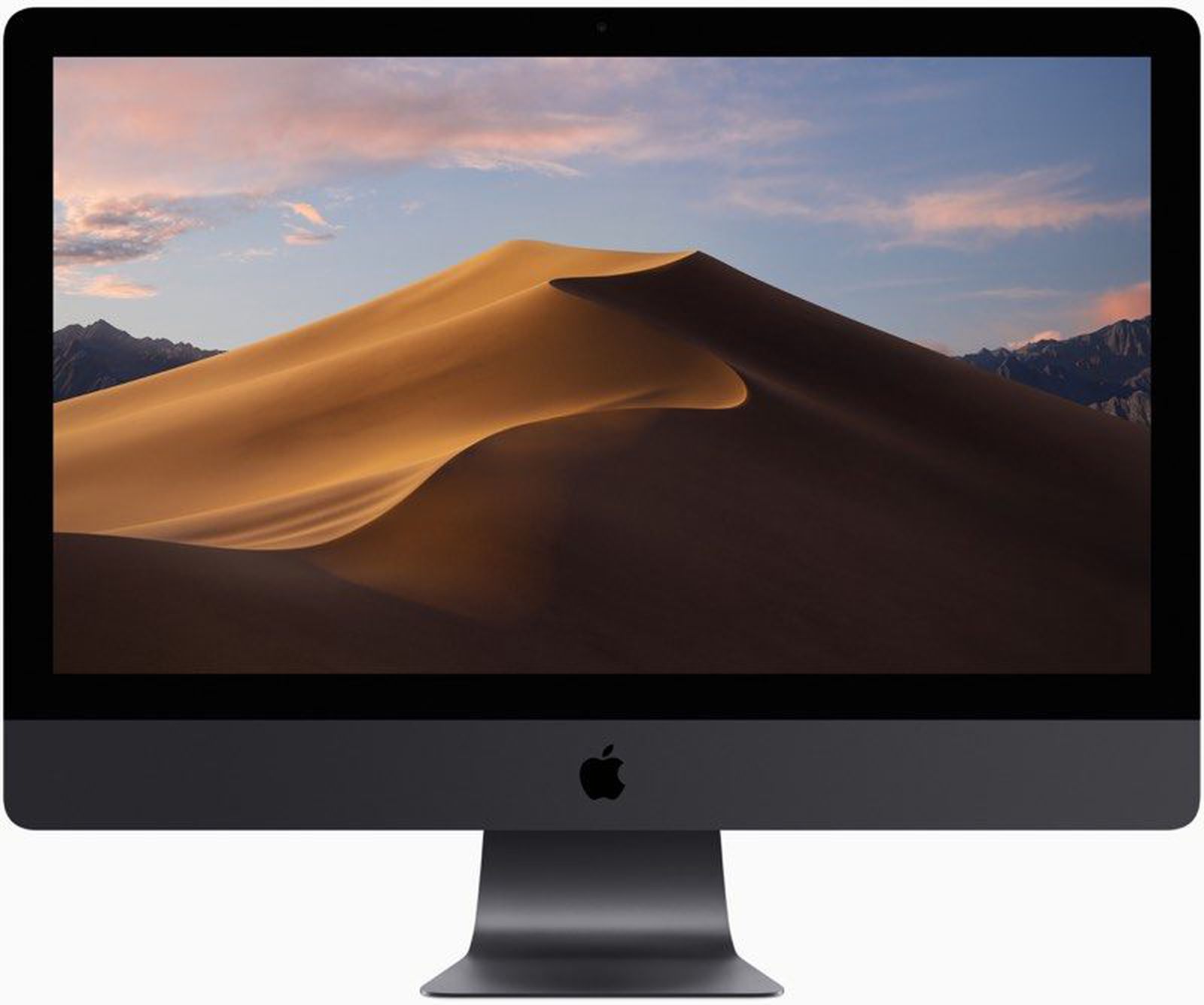

- #21.5 2010 IMAC OPERATING SYSTEM COMPATIBILITY HOW TO#
- #21.5 2010 IMAC OPERATING SYSTEM COMPATIBILITY FOR MAC#
- #21.5 2010 IMAC OPERATING SYSTEM COMPATIBILITY MAC OS#
- #21.5 2010 IMAC OPERATING SYSTEM COMPATIBILITY INSTALL#
- #21.5 2010 IMAC OPERATING SYSTEM COMPATIBILITY UPGRADE#
You just need to decided on one browser and stick to using only that browser. Your 2016 MBP would do fine running Mojave or Catalina.
#21.5 2010 IMAC OPERATING SYSTEM COMPATIBILITY UPGRADE#
High Sierra or Mojave would run OK on your friends iMac, but if they have never purchased High Sierra or Mojave from the App Store, then the App Store may only allow that iMac to upgrade to latest macOS Catalina. Your friend really needs an iMac with better spec's (16GB and SSD) to upgrade past High Sierra and run MS Office at the same time.
#21.5 2010 IMAC OPERATING SYSTEM COMPATIBILITY MAC OS#
Which Mac OS runs best on a late 2013 iMac with 8 GB RAM and no SDD?
#21.5 2010 IMAC OPERATING SYSTEM COMPATIBILITY INSTALL#
Will Office 2019 install on an earlier OS? My impression is that High Sierra, Mojave, and Catalina won't run well on a late 2013 iMac without a SDD.
#21.5 2010 IMAC OPERATING SYSTEM COMPATIBILITY FOR MAC#
MS says Office for Mac is supported on only the three most recent versions of macOS. It's currently running Yosemite, but she wants to install Microsoft Office 2019. In fact they don't pay me at all, I'm just a volunteer here.A friend of mine, who is a light computer user, just "inherited" a 21.5" iMac 2.7GHz i5 / 8GB RAM / 5400 rpm HDD. That's all I will give you for tonight as It's past my bed time and they don't pay me for overtime. In lieu of a system bus, it has a "Direct Media Interface" (DMI) that "connects between the processor and chipset" at 2.5 GT/s. The iMac "Core i5" 3.6 21.5-Inch (Mid-2010) technically is a "configure-to-order" configuration of the iMac "Core i3" 3.2 21.5-Inch (Mid-2010), The iMac "Core i5" 3.6 21.5-Inch Aluminum (Mid-2010) is powered by a dual core 3.6 GHz Intel "Core i5" I5-680 (Clarkdale) processor with a dedicated 256k level 2 cache for each core and a 4 MB shared level 3 cache.

Two slots free.īetter is to just add 2 - 4 MB sticks and take it to 12MB.

There are three different sensors for the three major brands of hard drives, Using the wrong drive or matching with the wrong sensor will cause the fans to run away and burn up the hard dive. The 2010 iMac used a Apple proprietary hard drive with special heat sensors.
/use-imac-as-monitor-with-target-display-mode-2260906-705215bd6f3940efbff05dc374e0a44d.png)
Let me address the hard drive issue first, you have several questions here and I may go to sleep before addressing them. Well stated question for a late Saturday night. You can even upgrade the GPU and might as well do the HD to SSD, CPU and GPU upgrade all at once, which can take an 11-year-old iMac and make it perform as well as one that’s only a few years old.Īs much as I love Apples products and their quality, I hate how they have made them harder and harder for end users to upgrade.Īlso, that particular model can take 16 GB of RAM but if you do upgrade to the Intel core i7 2.93 GHz CPU, it should be able to take 32GB. It is tedious, and requires careful attention, but if you are careful and follow the instructions in the guides, the four hours or so of work it takes, will be well worth it. The easiest way to screw this up is to Strip a screw. Do not even attempt this job unless you have every possible size screwdriver that you might even remotely need. However, it is imperative that you have all of the right size tools in advance. The Core i7 2.93 GHz CPU can be purchased used on eBay for about $40, and a 1TB SSD including the adapter to fit in a 3 1/2 inch pay cost about $100 give or take.
#21.5 2010 IMAC OPERATING SYSTEM COMPATIBILITY HOW TO#
I just watched a full video how to do this, and it is very daunting but possible. If your current HD is getting tired then I would get a SSHD (hybrid drive) to replace it as it offers a faster alternative than a standard HD. Depending on your OS you can also create a Fusion Drive. This is what will get you the performance bang you're looking for for a lot less expense. It will hold the OS and your Apps (leaving 1/3 of the rest of the drive empty for virtual RAM and any application paging. The trick here is a dual drive setup replacing the optical drive for a SSD (review the guide I pointed out) Here we are using a smaller SSD (256/512 MB) for the boot drive. I'm not recommending you swap out your HD for a SSD that would be expensive if you went with a 2TB SSD! Unless you are doing something that requires more RAM 12 GB should be enough. So you'll need to stick with the chips Apple has used which is the ones I've pointed you to. Lastly the systems BIOS (EFI) needs to recognize it within the series. The socket needs to support the chip and the FSB clock needs to match. Theres more than just TDP to worry about.


 0 kommentar(er)
0 kommentar(er)
